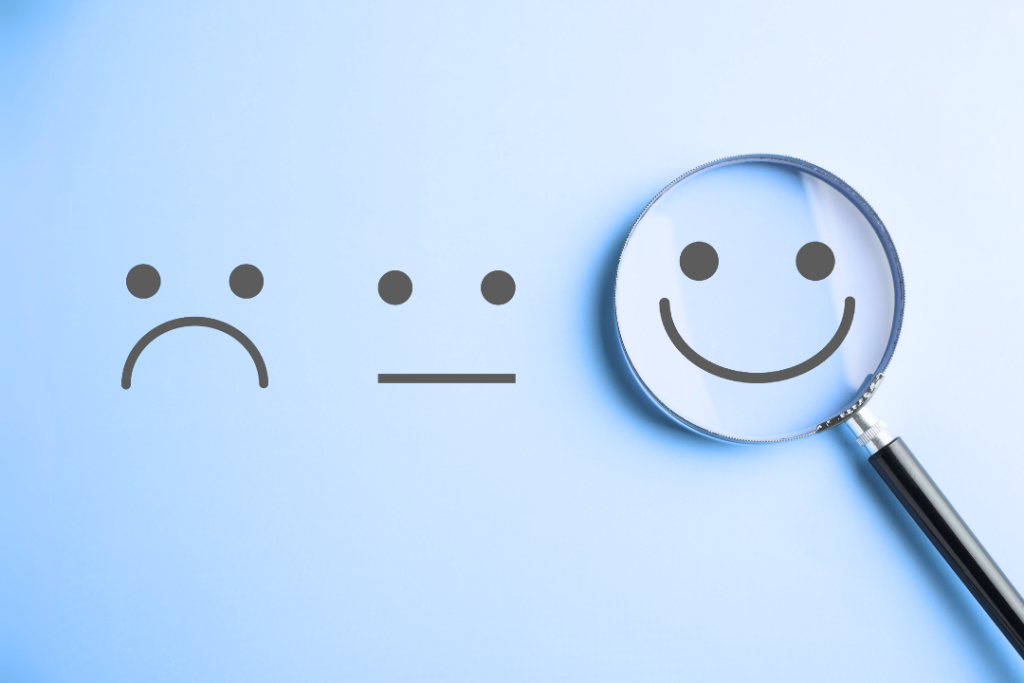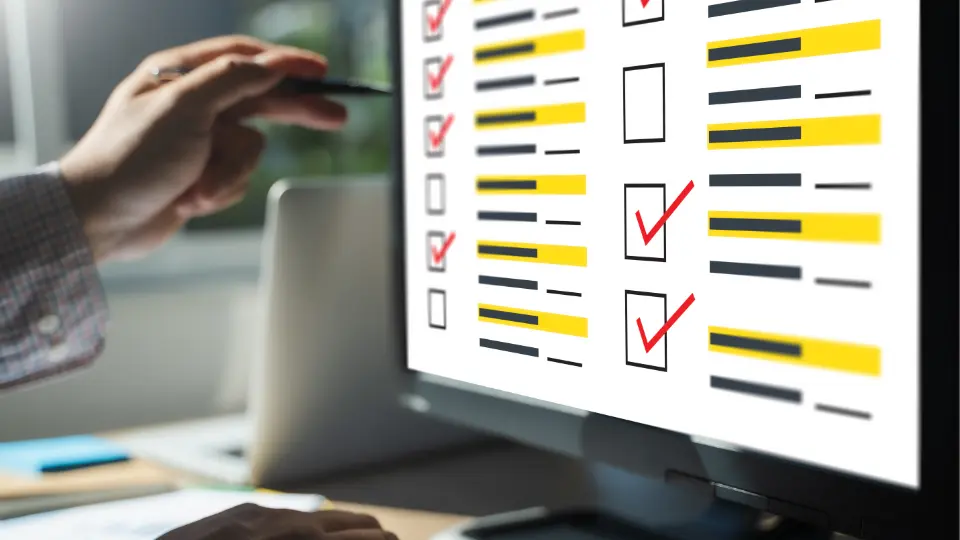

Product Life Cycle: 5 Stages to Success
Every product has a limited lifespan in the quick-paced world of business and innovation. The “Product Life Cycle” refers to the path a product takes from conception to final demise. Businesses must understand this cycle because it offers important insights into product strategy, marketing, and decision-making. The notion of the product life cycle will be thoroughly examined in this blog, along with its stages, traits, and techniques that businesses may use to maximise each phase.
What Is The Product Life Cycle?
A product becomes a product when it gets introduced to the customers out there in the market. With this understanding, we can say that a product life cycle is the total time a product survives in the market from its introduction till it becomes outdated or no longer in demand or useful to people.
It is a term that is widely used in the world of sales and marketing where sales and marketing professionals discuss and decide to use a strategy or certain set of strategies during different stages of the product life cycle. The strategies for different stages of the product life cycle can revolve around any vertical involving the product.
For instance, any change in the sales and advertising strategy or change in pricing policy or any change in the design and presentation of the product and many more. Apart from all these strategies, any plan pertaining to the expansion of product like selling in different markets also comes under product life cycle.
It is a very crucial aspect of business and involves a lot of market research work which helps marketers to customize and deliver the desired message out to the customers at different stages of the product life cycle.
Fynzo Survey: Unlimited surveys, unlimited responses, majority of features are forever free.
Create a free survey with the easiest online survey creator.
Importance Of Product Life Cycle
With the understanding of the definition of the product life cycle you would have had the feeling that the life cycle of the product is very crucial and that’s a fact, it is! But let’s point out some clear reasons as to the importance of product life cycle in order to have an in-depth knowledge about it.
A Forecasting Tool
Product life cycle can act as a sales forecasting tool for businesses and this marks the first and the foremost importance. By studying the life cycle of different products, the management and marketing team gets an idea as to the possible hindrance that a product can go through during different stages of its life cycle.
By studying the future prospects of a product, you can also set the future goals and tasks for the different teams involved in the management of life cycle of the product.
A Planning Tool
The data collected during the study of a product life cycle can act as a planning tool for businesses. The different marketing strategies and policies compilation can be based on the data collected in the product life cycle. This data also helps in looking at the competitors products and helps in the adoption of producing pricing accordingly.
A Control Tool
The third importance of a product life cycle is that it can act as a control tool for businesses as the marketing team can make all the arrangements of making a product live among the people and can control losses for any change in the marketing plan. The marketing team and its manager plays a very crucial role in estimating the control work.
Product life cycle as a control tool can be really helpful in strategizing and analysing whether the product or project will go well or not as the decided plan.
Helps In Formulating Marketing Programs
Product life cycle helps in the formulation of marketing programs as the management and the marketing team can structure the different plans, policies, procedures and strategies based on the requirements of the different stages of a product life cycle.
Profit Estimation Tool
A detailed study of a product life cycle can be a good tool and indicator of future business profits or losses that the organisation can endure. At the initial stages the profits might be negligible then will tend to increase and fall gradually. We can calculate this rise and fall through the organisation’s turnover ratio and by studying product life cycle thoroughly.
Helps In The Product And Business Development
As we know that product life cycle is the journey of a product from its introduction to its downfall and as an organisation you will be focussed on either improving the product and increasing its life cycle or introduce a new product all together. Hence, the product life cycle is an essential aspect of both the development of the product and the business.
Fynzo Survey: Unlimited surveys, unlimited responses, majority of features are forever free.
Create a free survey with the easiest online survey creator.
Different Stages In Product Life Cycle
In the previous section, we looked at the importance of the product life cycle and we also learnt that there are different stages in the life cycle of the product, each with its own importance, policies and strategies. In this section we will be having a closer look at the different stages of the product life cycle.
To begin with, there are five different stages of a product life cycle and now we will be looking at each stage separately.
Development Stage
Development stage is the first stage in the product life cycle. This is where the research around a product is initiated on which people and companies spend an exemplary amount of funds. This is so because this stage gives the base to the whole life cycle of the product. Considering the nature of this stage and the fact that it gives no assurance on product launch, many people do not even count it as a stage in product life cycle.
This stage is all about spending with no revenue or profits where you carry out and test different tests and hypotheses, validating and discarding things as per your goals and objectives and developing a new product.
Introduction Stage
Introduction stage is the second stage in the product life cycle where once you develop a new product, you launch it or introduce it in the market. In this you try to reach out to your target audience through different channels and use different marketing strategies for the same. This stage actually accounts for most of the expenditure on marketing plans, policies and strategies which is very crucial as well because it will give you the data on the public reaction to the idea and introduction of your new product.
Growth Stage
The next stage of the product life cycle is the growth stage where the final product is now live with the people and sales for your product have started to pick up. In this stage, based on the success rate of your product, you will start attracting more and more competitors. If the launched product is in an uncrowded market, then you can grow your business without much competition. This is the stage where businesses can bust or boon. There are many businesses and products that were not able to cross this stage and reach the next stage of the product life cycle.
Maturity Stage
Maturity stage is the peak of the product life cycle stage where the growth rate will not be like it used to be before. This may sound like bad news but it’s not because your product and business has reached this stage then this implies that you have reached your maximum potential and now you will experience efficiency in all aspects of your business and product. You can also reduce your expenditure on the marketing of your product as you have a stabilised market.
The area of focus that needs to be kept in check is to have good results with your product supply-demand and quality along with beating the competition at its best.
Decline Stage
This is the final stage in the product life cycle where a product meets its end. It either becomes outdated or fails to keep up with some or the other aspect of the market like change in public demand or upgradation of technology – it can be anything.
This is the stage where the profit from your product falls and revenue starts to dry up. As an organisation you have different options that you can opt for in this stage.
You can either discontinue the product or create a new usage for the same among the people or can choose to sell the product or company or can again begin with the first stage of development of the product life cycle with the idea or a new product in mind.
You should always weigh all the pros and cons associated with each of the options while keeping your position in the market in mind to find the optimal solution.
Examples Of Product Life Cycle
In all the above sections, we looked at all the important aspects that you should know about a product life cycle. This section will be a little different and a light read. In this section we will name a few examples of product life cycles.
- Oldsmobile
- Havaianas
- Woolworth Co.
- Coca-cola
- Typewriters
- Video Cassette Recorders (VCRs)
- Electric vehicles
- AI incorporated new products
These are just a few examples of product life cycles. You can always read about them over the web and gather more information and can try to identify and associate the products with the different stages of the product life cycle.
Fynzo Survey: Unlimited surveys, unlimited responses, majority of features are forever free.
Create a free survey with the easiest online survey creator.
Factors Affecting The Product Life Cycle
Till now we have learnt all that is required to get started with your own product and its life cycle. In this section we will be looking at a small but very crucial aspect that can affect your product life cycle drastically – both in a good or a bad way.
In this section, we will be covering some of the factors outside the control of the management and businesses that can have a huge impact on your product and its life cycle.
Market Competitiveness
Market competitiveness is that factor which tells you about the competitors in the market. In a market with more number of competitors, one should always be careful and alert with all the aspects relating to both the market and the products because a slight mistake, and your competitors will eat you up!
Economic Forces
Economic forces is that factor which tells you about the changes in the economic and political condition of the economy of your target market or world as a whole. As the world is integrated with one another through globalisation, any change in one economy is highly likely to impact the others. Changes in such economic and political conditions in economies can impact the performance of your product in different ways.
For instance, there can be a shift in demand or changes in rules and regulations of buying and selling of product or if you are selling product in different economies then change in tariff rates can also impact your product and business.
These are just a few instances that are mentioned, but there can be other instances as well where change in such an economic and political situation can impact your product.
Changes In Technology
Change in technology is that factor which tells you about the technology that your product uses to function. A product with an old or outdated technology is less likely to be used and accepted by the people.
However, it might be the case that when you launched your product, you used the latest technology and now the technology has been upgraded.
For such a case, one should have space for technology upgradation in their product and try to keep up with the market and changes in technology and how you can include that improved technology in your product.
Ease Of Entry
Ease of entry is that factor which tells you about the level of difficulty that you might face to launch and sell your product in the market. The markets with lower ease of entry can act as both good and bad for you and your product.
This is so because in such markets it’s extremely difficult to establish a base for your products by beating the already existing competitors which is bad news.
But on the bright side, if you manage to make entry into such markets and establish your product then you can expect a long term prolonged growth of your product and business given you maintain the current supply-demand and quality of the product.
Rate Of Market Acceptance
Rate of market acceptance is that factor which tells you about the rate at which people are accepting or buying and using your product. This is not in the control of business and it might be the case that during the development and introduction stage of a product life cycle a product might have received good response but the acceptance rate is low after the actual launch of the product.
A higher rate of market acceptance is a good indication for a business and vice versa.
Fynzo Survey: Unlimited surveys, unlimited responses, majority of features are forever free.
Create a free survey with the easiest online survey creator.
Conclusion
We looked at the concept and definition of the product life cycle, its importance to the business, the different stages in a product life cycle, different examples of product life cycle and multiple factors that can affect the same.
To conclude we can say that the product life cycle is an essential concept for businesses to understand. It can provide valuable insights into consumer behaviour, market trends, and product performance.
By understanding the different stages of the life cycle, businesses can make informed decisions about product development, marketing, pricing, and inventory management.
By doing so, they can maximise profits and stay ahead of the competition. All this is a good start to strategise, analyse and make a product life cycle for your product and business.
FAQs
What is the most profitable stage of the product life cycle and why?
The most profitable stage of the product life cycle is the maturity stage because in this stage your product has reached its maximum potential with an established market and efficient business functionalities.
What is the one major drawback of the product life cycle?
The major drawback in the product life cycle is that it fails to predict the time that your product will take or spend in each of the different stages of the product life cycle.








